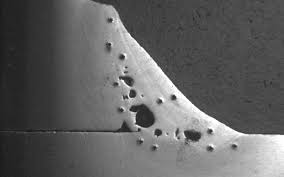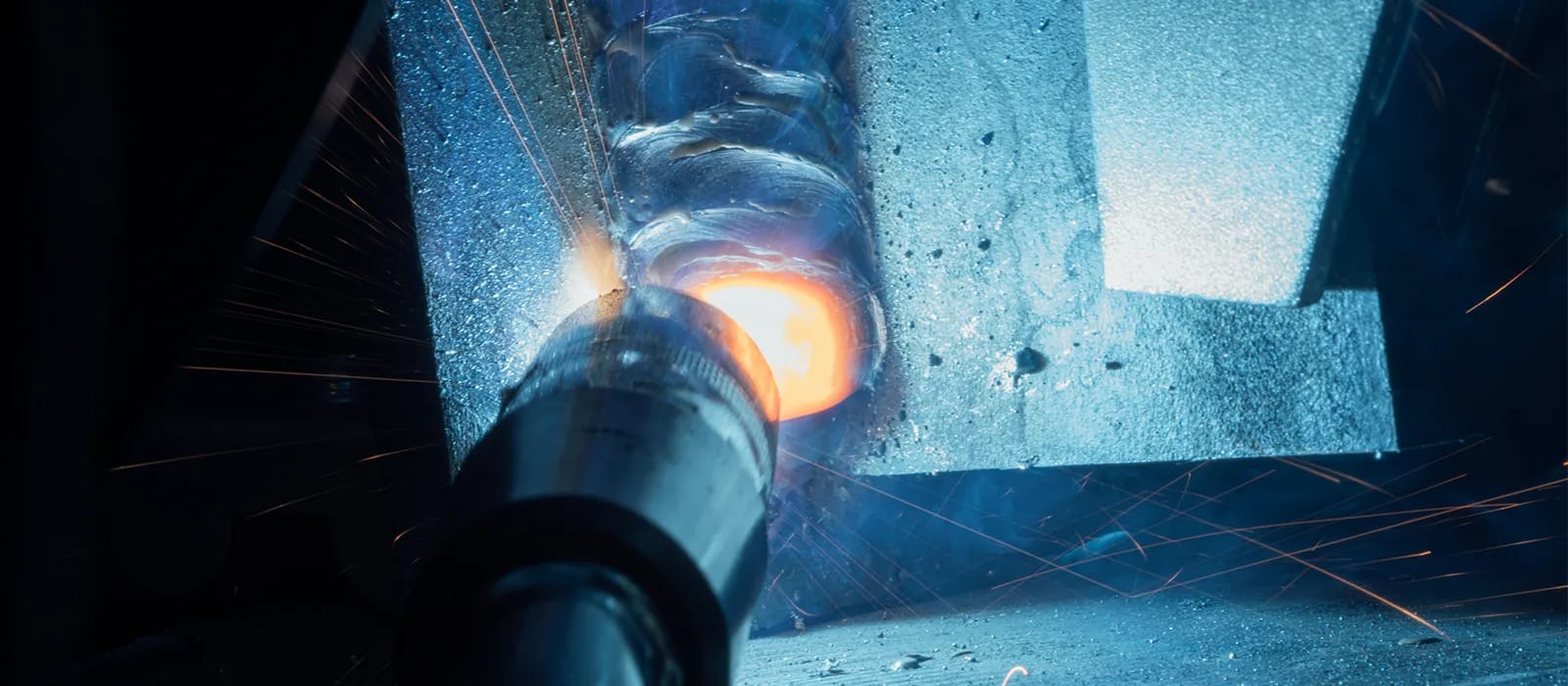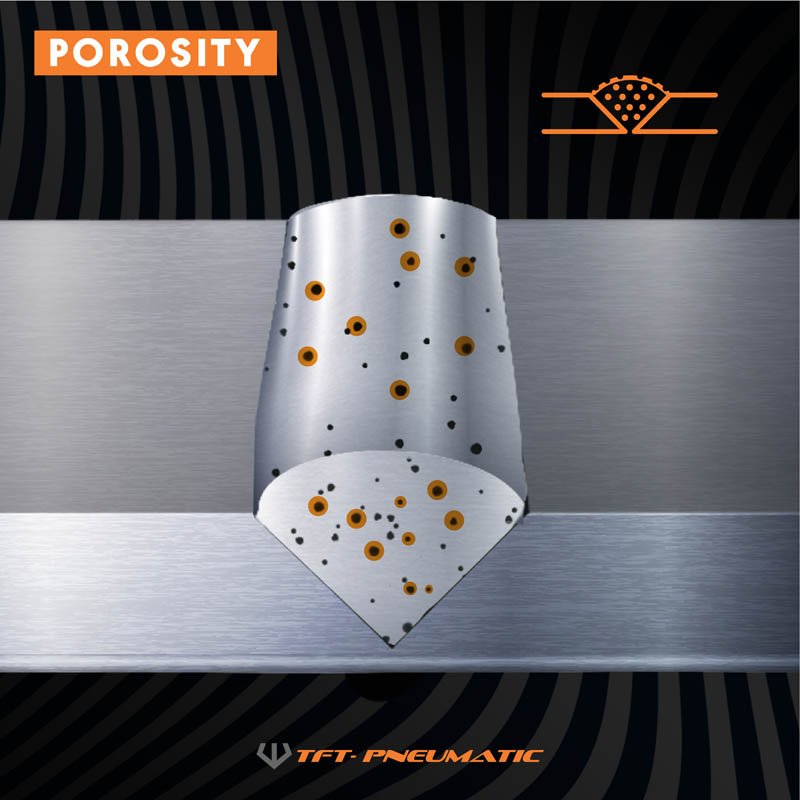What is Porosity in Welding: Essential Tips for Getting Flawless Welds
Wiki Article
Comprehending Porosity in Welding: Discovering Causes, Results, and Prevention Techniques
As specialists in the welding sector are well mindful, recognizing the causes, results, and avoidance methods associated to porosity is vital for accomplishing robust and reputable welds. By delving right into the root triggers of porosity, examining its destructive results on weld quality, and checking out reliable avoidance methods, welders can improve their knowledge and skills to produce premium welds regularly.Usual Root Causes Of Porosity
Contamination, in the form of dirt, grease, or corrosion on the welding surface, produces gas pockets when heated, leading to porosity in the weld. Inappropriate shielding happens when the securing gas, frequently made use of in processes like MIG and TIG welding, is not able to fully safeguard the liquified weld swimming pool from reacting with the surrounding air, resulting in gas entrapment and subsequent porosity. Additionally, poor gas protection, often due to wrong circulation rates or nozzle positioning, can leave components of the weld unprotected, permitting porosity to develop.Impacts on Weld Top Quality
The existence of porosity in a weld can considerably jeopardize the total quality and honesty of the bonded joint. Porosity within a weld creates voids or dental caries that weaken the framework, making it more susceptible to fracturing, corrosion, and mechanical failure.Additionally, porosity can impede the effectiveness of non-destructive screening (NDT) techniques, making it challenging to identify various other problems or suspensions within the weld. This can result in substantial safety worries, particularly in important applications where the structural integrity of the bonded components is critical.

Prevention Techniques Introduction
Provided the harmful influence of porosity on weld quality, efficient prevention strategies are essential to preserving the structural honesty of bonded joints. Furthermore, choosing the suitable welding criteria, such as voltage, existing, and travel speed, can assist reduce the risk of porosity development. By including these prevention techniques into welding methods, the event of porosity can be considerably decreased, leading to stronger and more dependable bonded joints.Value of Correct Shielding
Proper securing in welding plays a critical role in preventing atmospheric contamination and making sure the integrity of welded joints. Protecting gases, such as argon, helium, or a mix of both, are generally made use of to shield the weld pool from reacting with elements in the air like oxygen and nitrogen. When these reactive components enter contact with the warm weld pool, they can create porosity, leading to weak welds with decreased mechanical homes.
Inadequate shielding can lead to various problems like porosity, spatter, and oxidation, compromising visit this web-site the architectural stability of the welded joint. Sticking to appropriate shielding methods is vital to create high-grade welds with marginal problems and ensure the durability and integrity of the bonded elements.
Monitoring and Control Techniques
How can welders efficiently keep an eye on and regulate the welding process to make sure optimum results and stop defects like porosity? One trick technique is with making use of sophisticated monitoring modern technologies. These can include real-time tracking systems that offer feedback on criteria such as voltage, existing, take a trip speed, and gas circulation rates. By continuously keeping track of these variables, welders can recognize discrepancies from the suitable conditions and make immediate modifications to avoid porosity development.
In addition, applying correct training programs for welders is necessary for keeping an eye on and regulating the welding process properly. What is Porosity. Enlightening welders on the value of keeping constant specifications, such as appropriate gas securing and travel rate, can help prevent porosity concerns. Routine analyses and certifications can likewise ensure that welders are competent in surveillance and hop over to here regulating welding processes
In addition, using automated welding systems can improve tracking and control abilities. These systems can precisely regulate welding parameters, minimizing the probability of human mistake and guaranteeing constant weld top quality. By incorporating advanced surveillance innovations, training programs, and automated systems, welders can efficiently keep an eye on and regulate the welding procedure to decrease porosity issues and attain high-quality welds.
Conclusion

Report this wiki page